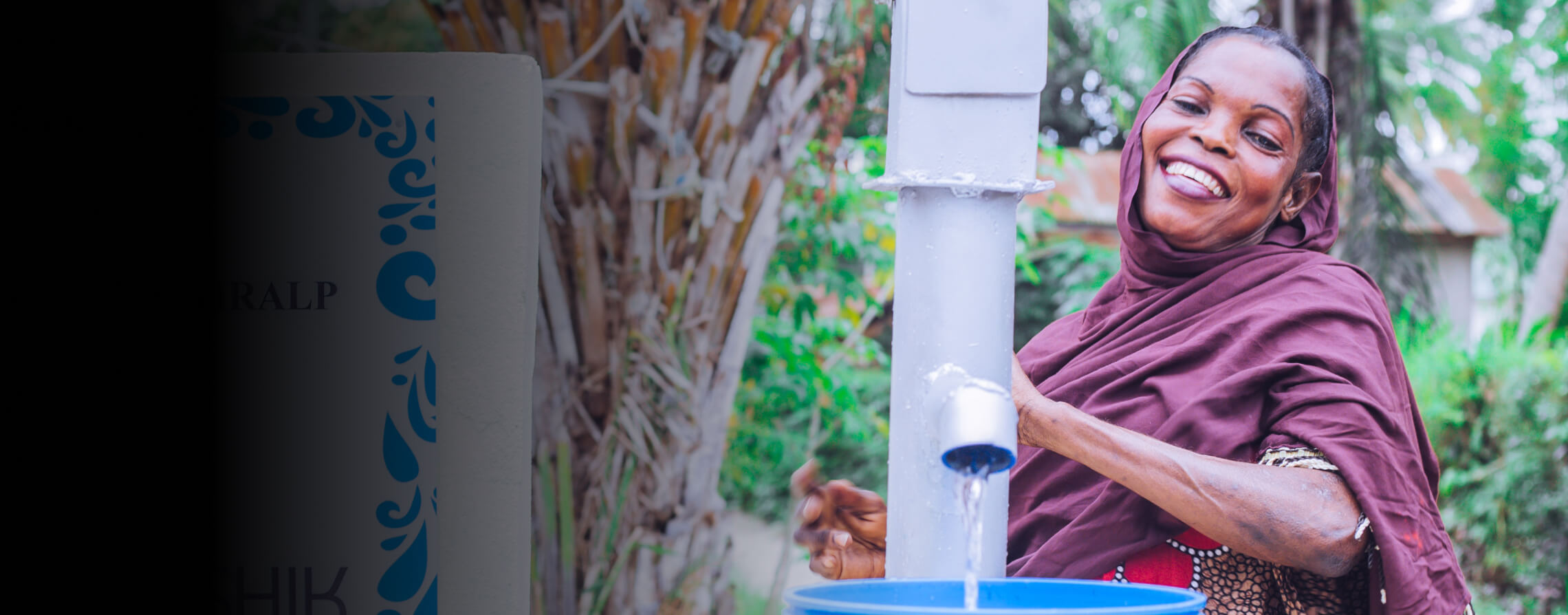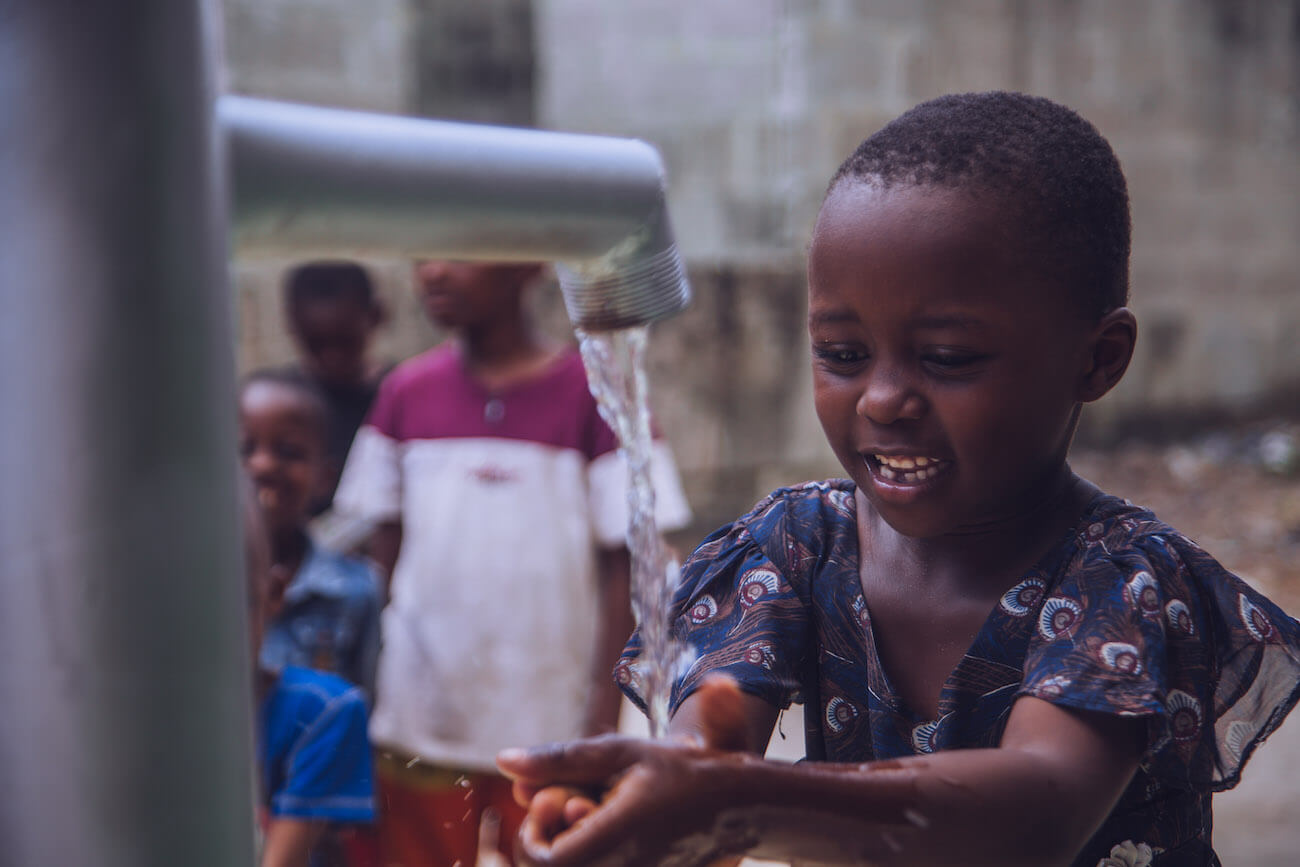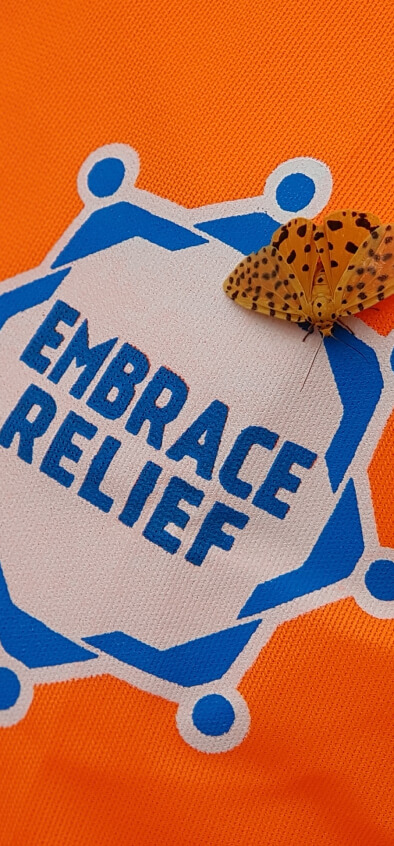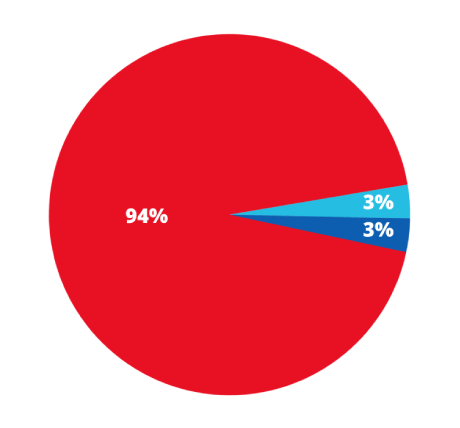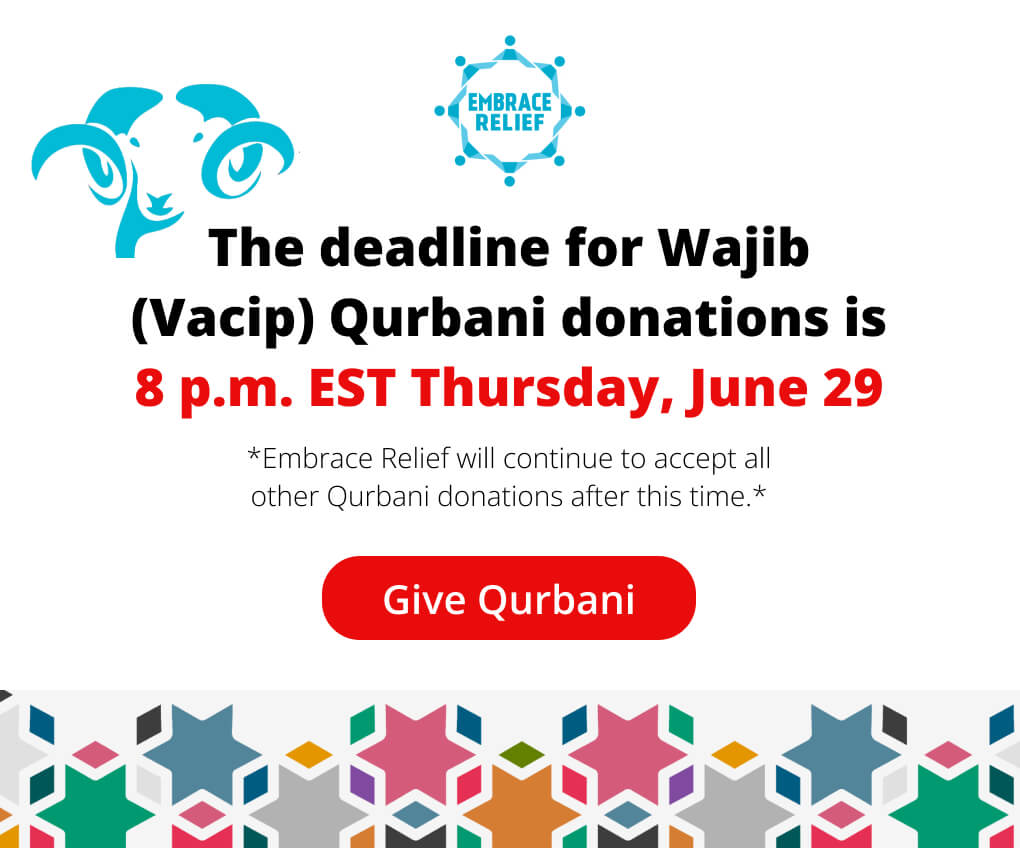Summary
- Before the passage of the Clean Water Act in 1972, the great rivers, lakes and streams of the United States were filled with pollution.
- For more than 50 years, the Act has had an immensely positive impact on Americans’ health by making the water we drink safer.
- Learn how you can make clean drinking water a reality for those outside America by supporting Embrace Relief’s Clean Water Initiative to build water wells in Africa.
The 1972 Clean Water Act: 50+ years of Safeguarding America’s Water Supply
The Clean Water Act of 1972 is a cornerstone environmental law in the United States that has played a critical role in protecting and restoring the nation’s water resources and safeguarding public health. Over the past 50-plus years, the Clean Water Act has spurred a dramatic reduction in the amount of harmful pollutants in the country’s water supply, creating immensely positive benefits to public health and the economy. Because of the Clean Water Act, nearly every American today can confidently drink clean, safe water from a trusted source – an everyday benefit that is easy to take for granted.
But this was not always the case. That is why it’s important to understand why the Clean Water Act came to exist, what it does, and why it remains one of the most important federal laws on the books.
At the end of this blog, we hope you will stick around to learn more about people around the world who don’t have a Clean Water Act – and who need your help to access safe, clean drinking water.
The 1972 Clean Water Act: Why does it exist
During the 1960s, a growing environmentalist movement in the U.S. began to draw attention to the state of America’s green spaces and water supply. In a time before the Clean Water Act existed, there was little to no federal oversight regarding water pollution. Yet there was widespread awareness that many of the nation’s most important water sources – great rivers, massive lakes, and abundant streams – were polluted with industrial waste and chemicals, metal and plastic garbage, human and animal waste, pesticides, and other pollutants.
Famously, in 1969, the Cuyahoga River in Ohio caught fire when debris from a nearby factory ignited, and oil pooled on top of the water helped the fire spread. Images of the burning river, became a powerful symbol of America’s need to clean up its act.
In the years following, members of Congress pushed to create legislation that would address this crisis and restore the country’s water quality. In October 1972, this effort finally succeeded with the passage of the Clean Water Act by an overwhelming majority vote by the U.S. House and Senate.
The 1972 Clean Water Act: What does it do?
The Clean Water Act introduced several key provisions that revolutionized water pollution control in the United States. The following list includes only some of the most important ones:
- Establishment of Water Quality Standards: The Act required states to develop water quality standards for all surface waters. These standards set the acceptable levels of pollutants and other harmful substances, ensuring that water remains safe for human consumption, recreation, and wildlife.
- National Pollutant Discharge Elimination System (NPDES): One of the most significant aspects of the Clean Water Act is the creation of the NPDES, a permitting system that regulates the discharge of pollutants into U.S. waters. This system requires industries, municipalities, and other facilities to obtain permits before releasing any pollutants, ensuring that discharges meet established water quality standards.
- Prohibition of Point Source Pollution: The Act specifically targeted “point source” pollution, which refers to contaminants that enter water bodies from a single, identifiable source, such as a factory pipe or sewage treatment plant. By regulating these discharges, the Clean Water Act significantly reduced the levels of industrial and municipal waste entering the nation’s waters.
- Protection of Wetlands and Aquatic Ecosystems: The Clean Water Act also provided for the protection of wetlands, which are vital to maintaining water quality, supporting biodiversity, and preventing floods. By regulating activities that could harm these ecosystems, the Act has helped preserve critical habitats across the country.
The Clean Water Act of 1972: Why is it important?
The importance of the Clean Water Act cannot be overstated. It has been instrumental in improving water quality across the United States, benefiting public health, the environment, and the economy while also building our resilience to climate change.
- Improved Public Health: The Clean Water Act is responsible for keeping 700 billion pounds of pollutants out of America’s drinking water every year. Clean water is essential for drinking, bathing, cooking, and recreational activities, and the Act’s regulations ensure that water is safe for these uses.
- Environmental Protection: The Clean Water Act has helped to restore and protect aquatic ecosystems that were once severely degraded by pollution. Healthier rivers, lakes, and wetlands support a diverse range of wildlife, including fish, birds, and other aquatic species. Numerous species have seen their numbers rebound in the years since the Act’s passage.
- Economic Benefits: Clean water is vital for many industries, including agriculture, fishing, tourism, and manufacturing. By ensuring that water quality is maintained, the Clean Water Act supports these industries, which in turn supports jobs and contributes to the economy. Moreover, cleaner water bodies attract tourism and recreational activities, generating revenue for local communities.
- Climate Change Resilience: In the face of climate change, the Clean Water Act remains a critical tool for managing water resources. As extreme weather events become more common, the Act’s provisions help ensure that water systems are resilient to floods, droughts, and other climate-related challenges.
Despite its successes, the Clean Water Act faces ongoing challenges. Changing environmental conditions, evolving industrial practices, and political debates about the scope of the Act’s protections mean that continued vigilance is necessary to uphold its standards. Despite this, the Act continues to play an essential role in safeguarding the health of the environment and the American public more than 50 years after its passage.
Make Clean Water a Reality Around The World
Many Americans living today were alive when polluted drinking water was a normal part of everyday life. Unfortunately, this is still the reality for hundreds of millions of people around the globe, especially in sub-Saharan Africa.
Clean water is necessary for any community to eliminate poverty and hunger, and to create health prosperity. And just like the U.S. Clean Water Act has transformed our lives by making clean water the standard, any one of us can make a powerful impact on entire communities in Africa by building a water well with Embrace Relief!
Embrace Relief’s Clean Water Initiative has built or reconstructed more than 950 water wells in Africa since 2013, expanding access to clean water for nearly 1 million people. We’ve seen firsthand how our wells are bringing joy and happiness to communities in Chad, Cameroon, Nigeria, Tanzania, and Kenya: by reducing the prevalence of waterborne diseases, by improving the food supply, and by ensuring that the drinking water is just as safe and reliable as it is in America.
We hope you will join Embrace Relief in making a difference by donating to our Year-End Giving Campaign, helping us to reach our goal of 30 new water wells by the end of 2024!
No donation is too small – just $35 will provide clean water to 10 people. You may also sponsor your own water well for $3,500, which comes with the option to name your well to honor family, friends, or loved ones.
So donate today using the donation box below, and help Embrace Relief spread clean water around the world!
